Book Your Strategy Audit
Need help building your marketing calendar? Book an audit call with our strategy team to get started on your profit-first gameplan.
Get Started
Your Performance Max campaigns are less effective than their predecessor (Smart Shopping) was at driving incremental new customer revenue for your business.
I know that’s a bold claim, but as the result of a current breakthrough in the Pmax data we’ve been able to pull directly from Google’s API, we have the numbers to back it up.
When Performance Max campaigns first rolled out, we were excited.
Between the ability to leverage audiences, creatives, and cross-network delivery alongside the full breadth of Google’s automations, the possibilities appeared endless.

It’s safe to say, though, that most of us had at least some level of skepticism regarding the extent to which these campaigns were being automated and the amount of reporting (or lack thereof) that Google was making available out of the gate for these new campaigns that would replace our beloved Smart Shopping.
That’s why we built out a custom report in our proprietary data platform, Statlas, which taps into Google’s API directly, allowing us to pull Performance Max insights at a level not available within Google’s platform dashboard.
We’ve since used this capability to analyze the hundreds of brands within our Agency Google MCC dataset to better understand Performance Max’s effectiveness.
Long story short, we’ve made some substantial adjustments in the campaign setup strategy for Pmax campaigns across the board as a result.
Here’s what we found and the specific changes we made as a result.
If you’re not familiar with Performance Max campaigns, or need a quick refresher, I’d recommend this article as a starting point to better understand what Performance Max campaigns are and the differences between them and Smart Shopping campaigns.
So what’s changed since we published that article?
While Pmax is the same, we’ve built something new.
Working with our analytics dev team, we’ve created a solution to pull two crucial data points that Google keeps a secret:
The overall takeaway from our analysis?
Unlike Smart Shopping, the full budget of these campaigns isn’t being delivered fully to the Shopping placement within Google, it’s being spread across the other networks.
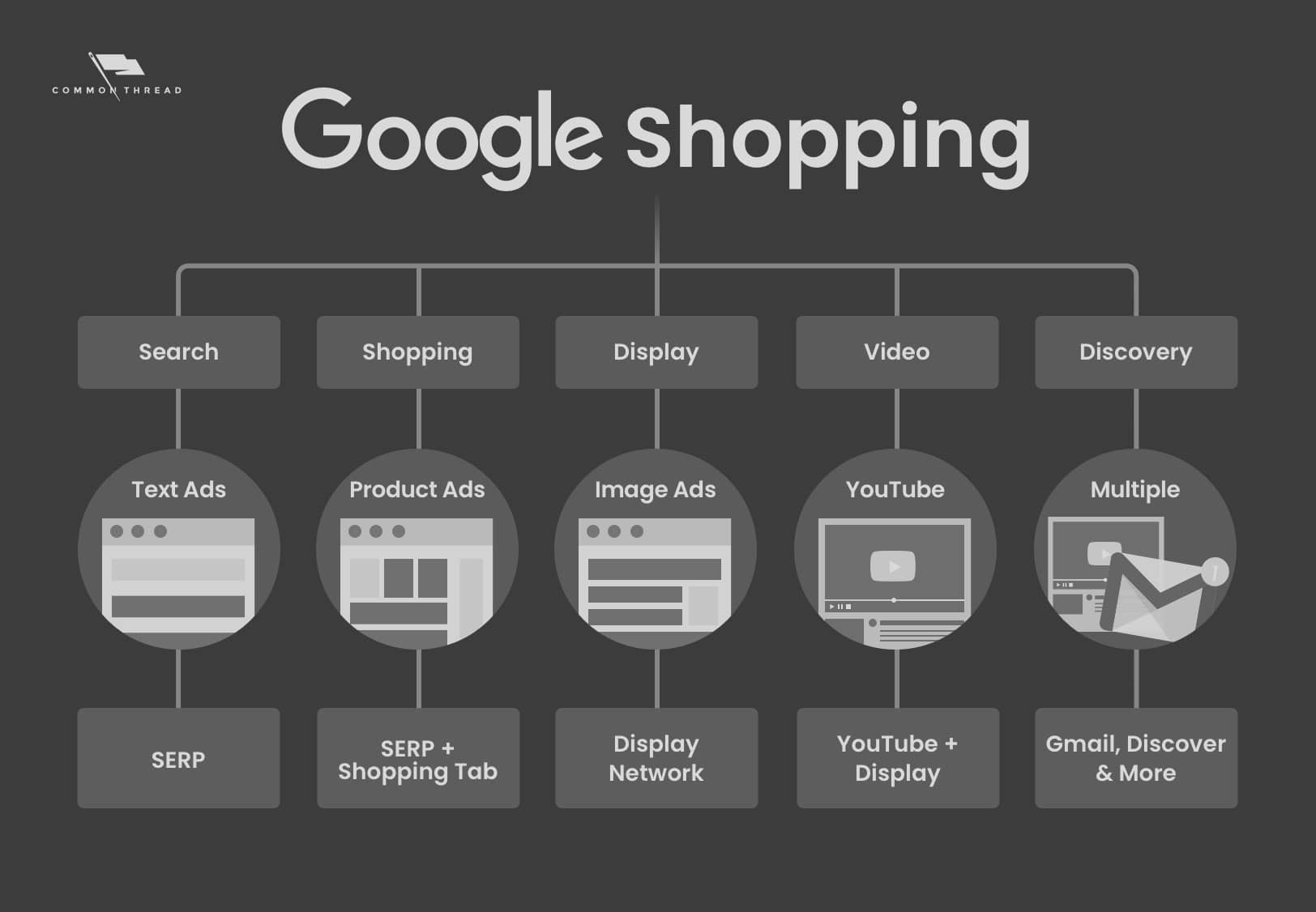
For example, look at the PMax delivery breakdown of one of our client’s accounts:
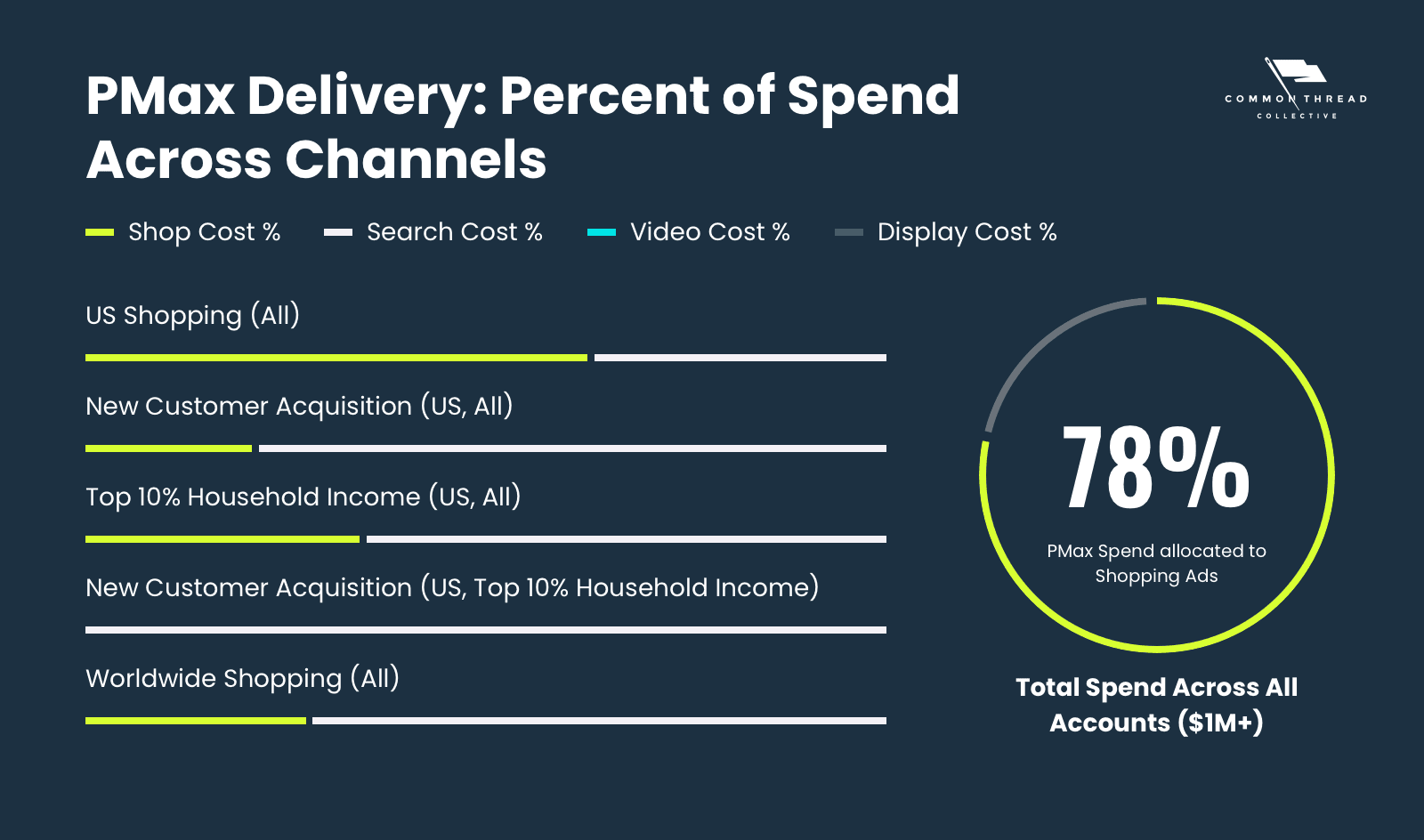
Although these campaigns are Smart Shopping-turned-Performance Max, the Shopping Cost % (blue) takes an average of only 30% of the total spend, with one campaign getting no Shopping spend whatsoever.
We pulled this data across all the accounts within our Agency MCC for the dates of Feb 1-14th.
We discovered that, of $1,308,470 in Pmax spend, $1,024,871 of it went to Shopping (78%).
Your account might be on the lower end of Shopping delivery, but even if it is at the average, there is most likely at least 22% of your ad spend being allocated to non-SERP/Shopping ad inventory within Google.
Ask yourself: “How impactful are these other placements in driving incremental conversions?”
Here are three things to take into account:

Since Performance Max doesn’t allow for Brand keyword exclusions at the campaign level like Standard Shopping campaigns allowed, so you don’t have control over the delivery to Branded searches vs. Non-Branded searches (Categorical, Competitive, etc.).
If you have multiple Pmax campaigns running in a more segmented account structure, there is also a possibility that you could be competing against yourself within the auction, driving up the cost on your Branded Search terms.
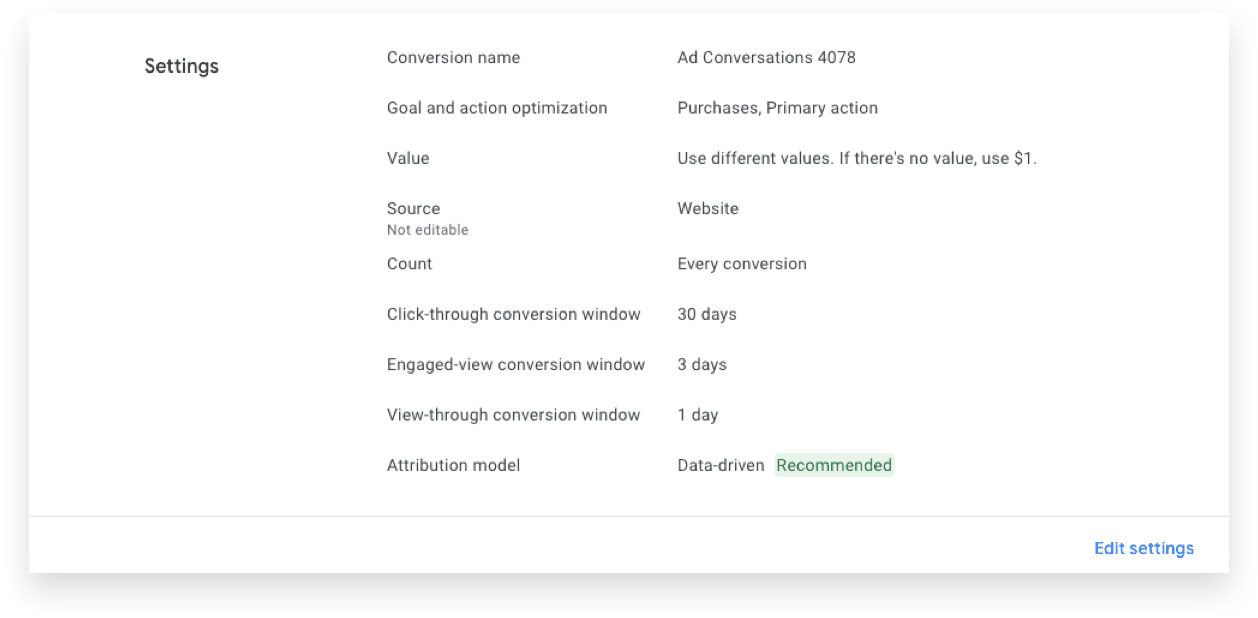
To get a sense of what this breakdown is, look at the difference between the “Conversion” and “All Conversion” value within your Google Ads dashboard columns.
“All Conversions” takes into account some of those engaged and view-through conversions. How effective do you believe those are compared to a click-attributed conversion in the SERP+Shopping feed?
To back up the skepticism regarding the incrementality of non-Shopping/SERP placements, we pulled performance by Asset Group within Performance Max campaigns.
From this, we were able to see that “Shopping Only” asset groups (asset groups that included only the product feed, no images or text), consistently came out as top performing asset groups within Performance Max campaigns.

While this affected Smart Shopping as well, it’s particularly important that you’re aware of your New vs. Returning customer split within Pmax.
Why?
Because of point #1 above — a lot of the delivery (returning customer delivery included) is on Branded Search terms.

In summary, there are 3 core issues with Pmax moving your spend away from the core SERP+Shopping network:
So now that we’ve seen behind the curtain — what should you do about it?

Focus as much of your spend as possible on driving incremental new customer conversions.
This makes your customer acquisition cost and campaign performance data much clearer, and ensures you’re not spending ad dollars on Returning customers within Google — they’re already in your owned audiences and probably coming in your Performance Max campaigns through Branded search terms anyways.
Select “Only bid for new customers” when you set up the campaign.
This option uses exclusion lists in your Google Ads account, rather than a new customer premium bid, to achieve that goal.
To set up your exclusions, head to the Conversions selection within Google Ads. Under the “New Customer” objective, add in as many exclusion lists as possible.
The goal is to give Google multiple sources of past customer data to increase match rates.
Add in a Google Ads conversion tag past purchaser exclusion, add in Klaviyo lists or other CRM data as exclusions, and layer that data to maximize the new customer delivery of these campaigns.
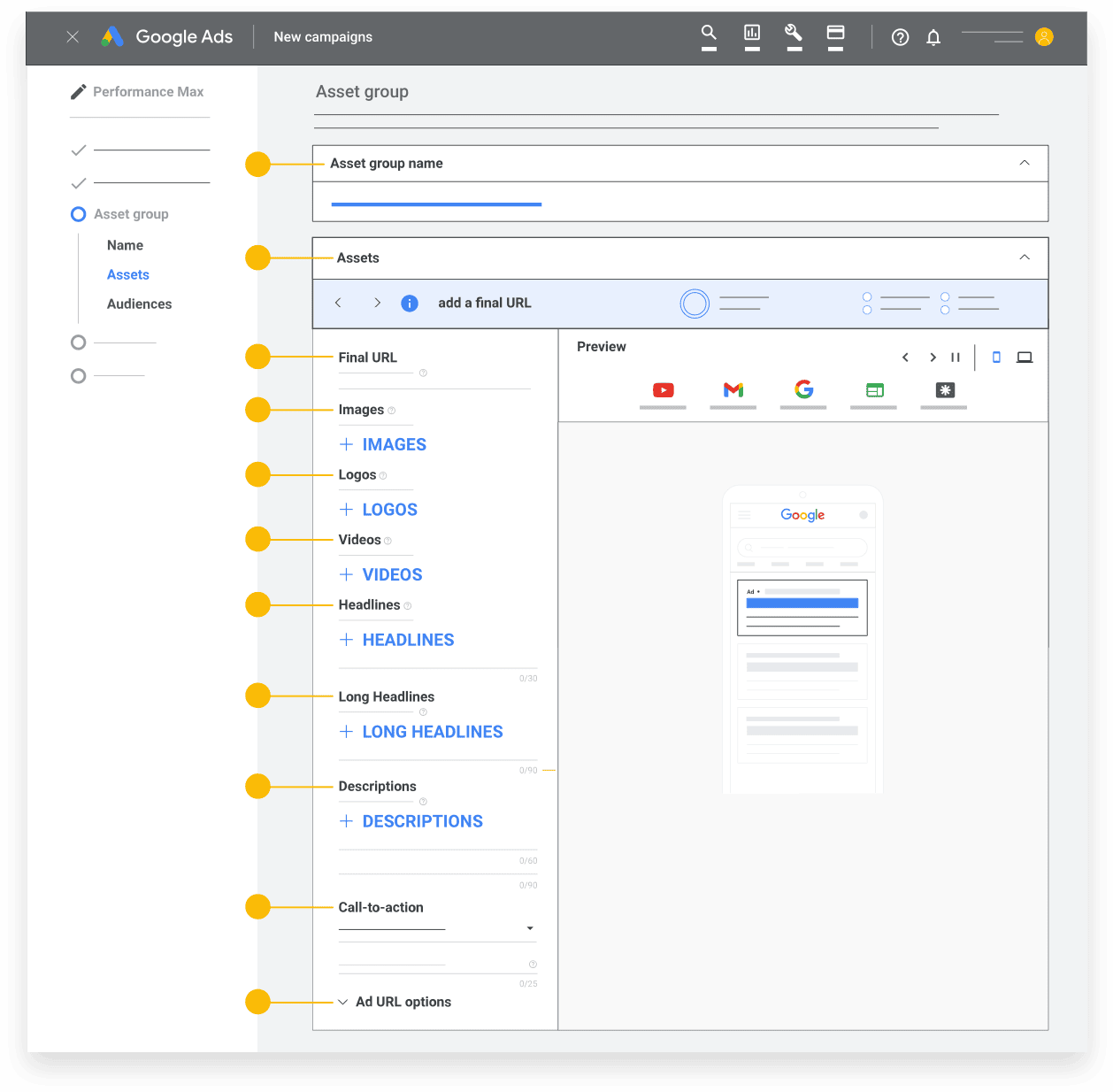
Performance Max campaigns combine Images, Videos, Headlines, and URLs alongside the GMC Product Feed.
There’s a problem though — the most effective asset type is the Product Feed.
Normally, if you try to publish a Performance Max asset group without all the fields filled out, you get an error.
But there’s a way to use only the Product Feed in Pmax.
Here’s how:
Congratulations — you’ve turned your Performance Max campaign into a pseudo-Smart Shopping campaign that will only deliver to Shopping inventory within Google’s network.

You’re not actually able to do this … yet.
But Google just released an article stating that campaign-level exclusions will be rolling out very soon across all accounts.
This will allow you to exclude brands — including yours — from your Performance Max campaigns.
In some accounts, we use Standard Shopping campaigns with Brand keyword exclusions lists applied to them while we wait for this new functionality to roll out.
But in others that appear to be less impacted by the Brand term volume in Pmax, we’re holding off, consistently checking in to see when this option will be rolled out.
Performance Max campaigns were a big change to the Google Ads platform.
As with any change, there are some drawbacks that may seem like an inhibitor for Google Ads power users.
That said, we’ve experienced openness and desire for product feedback from both our agency and account partner representatives at Google. This is reflected in the most recent round of changes that Google is rolling out to Performance Max campaigns as well.
Until that happens, however, the responsibility always comes back to brand owners, operators, and marketers, to assess the customer acquisition tools available to us, and determine the best way forward with what’s available right now.
These 3 adjustments to your Branded Search campaigns re-allocate spend to your new Pmax campaign structure to drive more new customer acquisition.
This is a lower value objective within Google’s hierarchy of campaign optimization options as it does not need to take into account any Conversion Rate or Order Value metrics.
But for Brand Search campaigns, the goal should be to maximize Impression Share at the lowest cost possible.
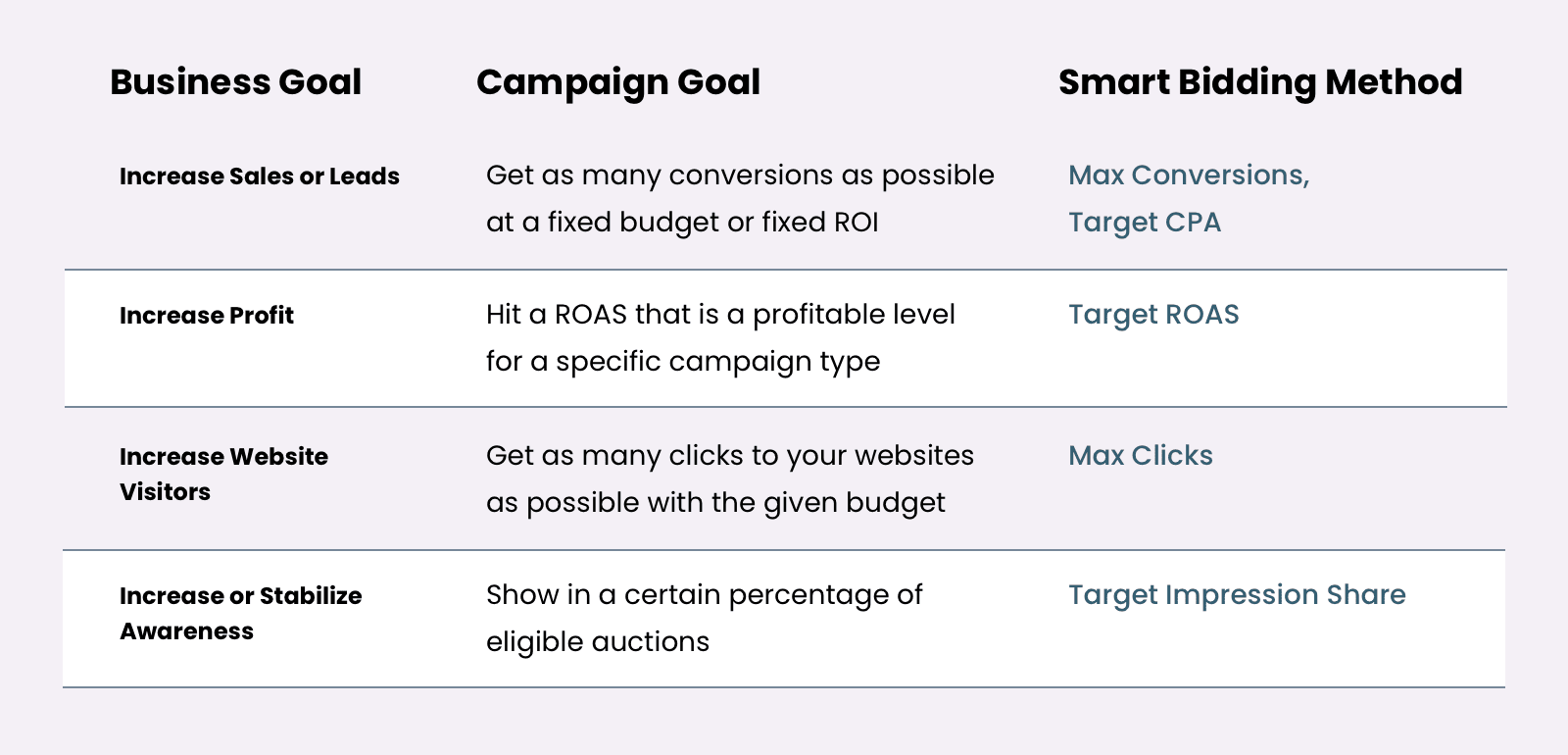
This sets the highest bid that your campaign gets charged against in the auction, limiting the downside impact of outlier high bids within the auction.
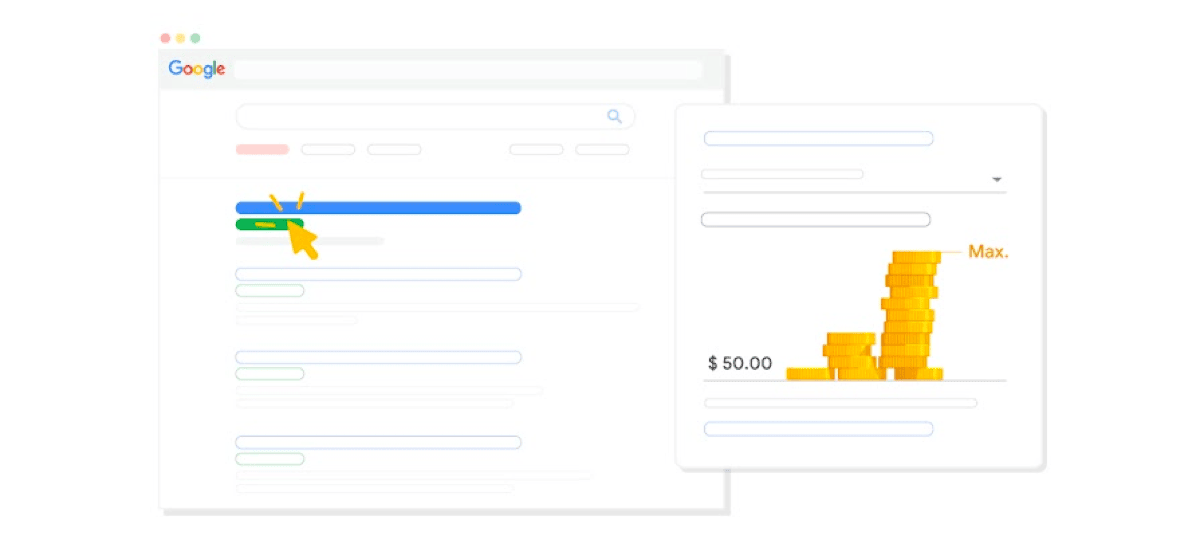
Moving away from Phrase Match to Exact Match eliminates high-cost search terms, ensuring spend is focused on core Branded Search terms.
Don’t think some simple campaign optimizations can make that big of an impact on your ad spend costs?
Run a simple experiment like the one below to see how this setup requires less Spend to achieve the same Search Impression Share %.Slide 43

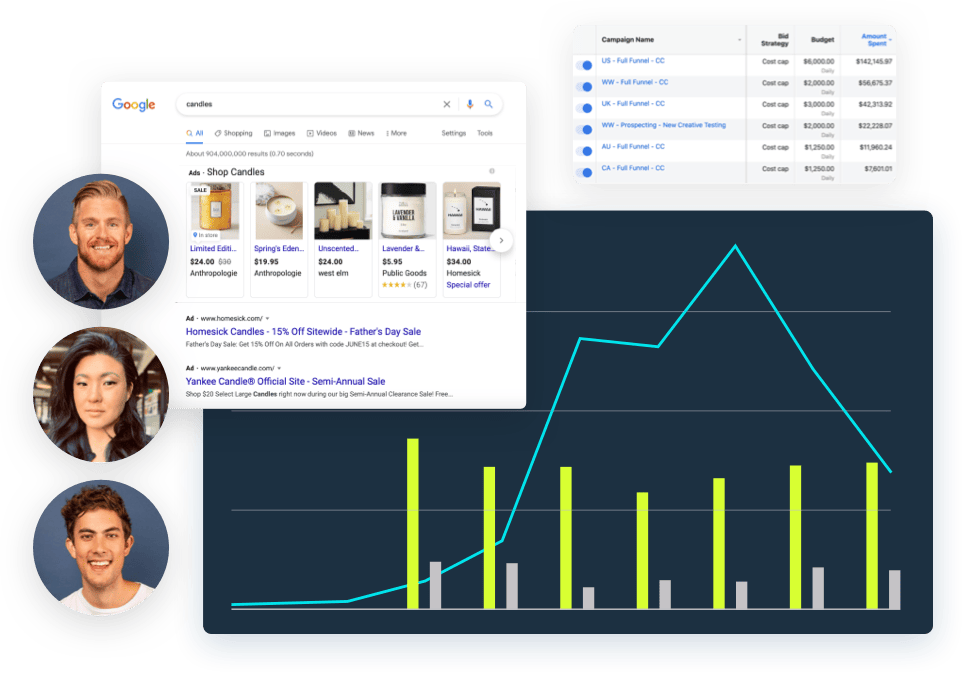
Need help building your marketing calendar? Book an audit call with our strategy team to get started on your profit-first gameplan.
Get Started
As the Director of Growth Strategy at Common Thread Collective, Luke Austin leads our team of Growth Strategists working with some of the most exciting $100M+ consumer ecommerce brands in the industry. Connect with him on Twitter.